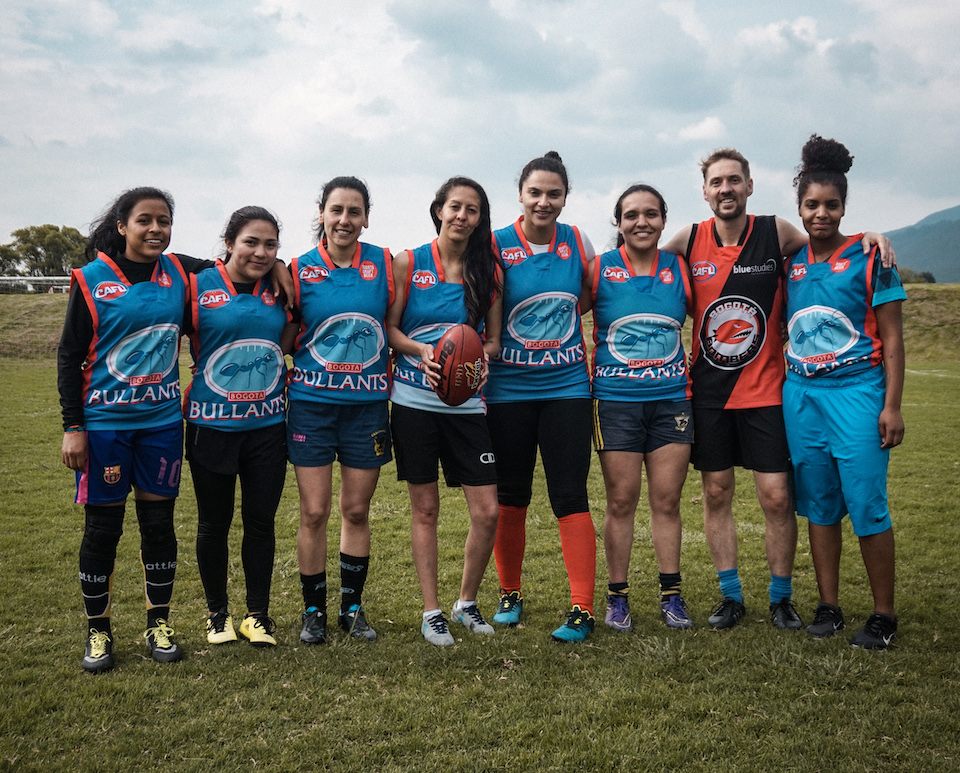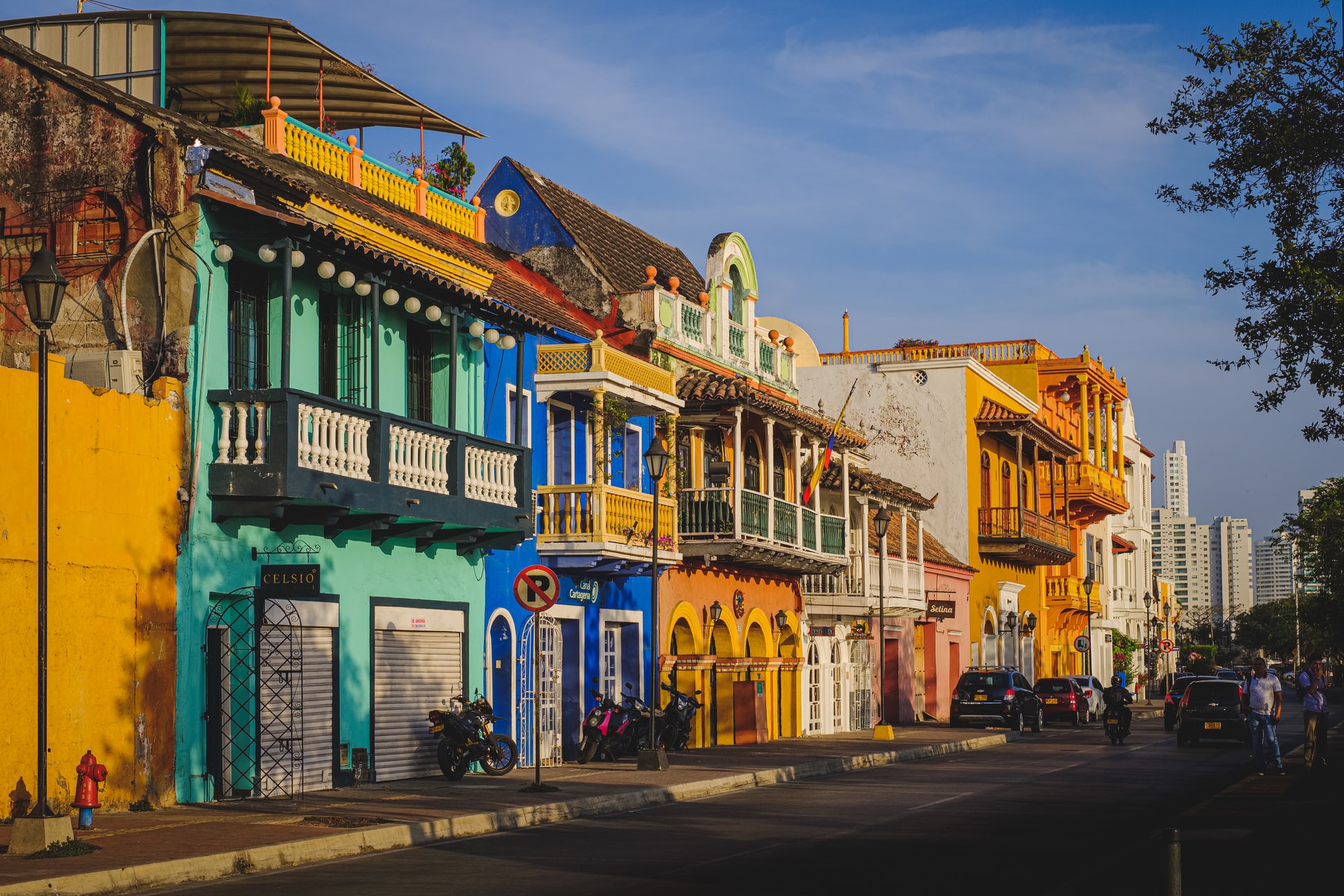
Last week Sante Fe welcomed over 13,000 cinephiles from around the country to participate in the 19th Edition of the Film Festival of Sante Fe Antioquia. This year’s theme, “The Voice of a Society,” incorporated a series of films, Colombian and international, that highlighted how narrative storytelling can foster empathy.
Over the course of five days, in addition to showing over 40 feature-length films and 30 shorts, the team behind the festival invited several directors and distinguished actors and actresses to host conferences and “coffee talks” that were free of charge and open to the public.
Despite lower than average attendance—due to the festival’s falling on a normal two-day weekend instead of a three-day puente—the festival still mustered its magic moments. One such moment occurred in the shade of Parque Jesus Nazarano, at a “coffee shop discussion” with the Colombian director Jhonny Hendrix Hinestroza. Born in Quibdo, Hinestroza touched on his role as a storyteller, particularly as it pertains to the 2017 release of his most recent film, Candelaria.
“We always come to the same conclusions. All stories are universal and there are a million ways to tell them. I don’t believe in just one way to tell them.” Hinestroza said. “The language is already there. The question is: How do I harness that language in my own way? ”
Ever since his directing debut with Chocó, Hinestroza has been harnessing language uniquely applicable to Colombian stories. Set in Cuba in the 1990s, Candelaria is Hinestroza’s attempt to prove that he can tell a compelling “human story” that doesn’t reflect his direct experience. The principal focus of the film is an elderly Cuban couple whose strained relationship is invigorated when the protagonist for whom the film is named, played by Veronica Lynn, finds a handheld video camera. The film, which headlined on a screen in Sante Fe’s Parque de la Chinca, is a mesmerizing look at the power of cinema for characters that diverge from the Hollywood stereotype.
One festival-goer and also the director of the Corporation for Afro-Colombian Social and Cultural Advancement (also known as Carabantu), Ramón Perea-Gestor, discussed the importance of diverse representation with The Bogotá Post.
“In regards to the theme of the festival, I would say it’s the voices of society that matter—it’s not just one voice. There are many voices [indigenous people, women, Afro-descendant] and it’s necessary to have them present and recognize that they exist.” Perea continued. “I think about communities who haven’t had the opportunity to have their voice heard. To have this opportunity gives them a broader point of view on what is possible with film and allows them to develop a critical lens on what is already happening [in the industry].”
By highlighting filmmakers like Hinestroza, the festival promotes national pride as well as challenges the notion that producing cinema is only accessible to the upper class or a foreign audience. Candelaria, for example, had a budget 1,200 million pesos but still managed to earn the Grand Prize at the Latin American Film Festival in Toulouse.
“Before I’m Colombian, I’m a director. Before I’m a director, I’m a human being,” Hinestroza said during his coffee chat.
As ranchera and vallenato faintly twanged throughout Sante Fe, and as the occasional caravan of horses trotted through the plaza, the Sante Fe Film Festival provided a respite from the sweltering heat to remind participants and passersby that before everything else, we all are indeed human.





